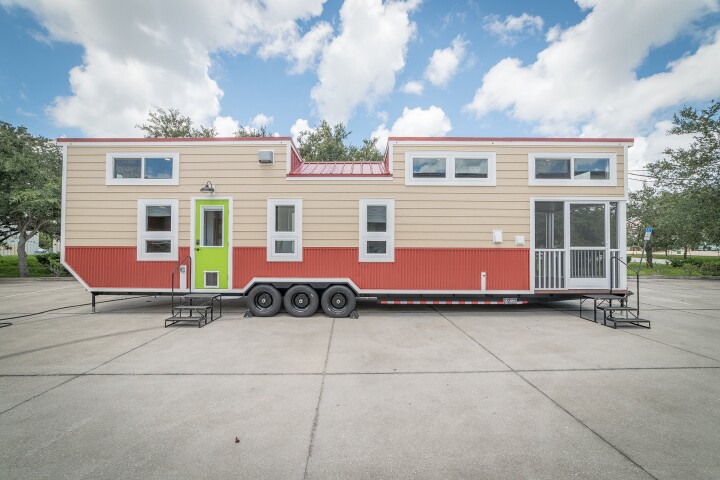Spreading eyeballs as widely as possible can make all the difference in the early stages of search and rescue operations. With the recent rise of drones, this has come to include getting eyes up into the sky to give some first responders an aerial perspective. The latest move to enhance search and rescue efforts comes from Lockheed Martin, which will team up with non-profit Project Lifesaver to help locate people with cognitive disorders that wander away from their home.
Based in the US, Project Lifesaver is an organization that works to lessen the risk of peopler with autism, Alzheimer's disease and other cognitive conditions walking away from their homes and injuring themselves. Families can register a person with Project Lifesaver and have them wear a tracking device around their wrist of ankle. In the event that a family member goes missing, Project Lifesaver works with public safety agencies and uses manned aircraft to track them down. At present, it claims most are found within a few miles (around 5 km) of their home.
But by partnering with Lockheed Martin and enlisting its UAVs, Project Lifesaver says the search capabilities of its teams will be greatly improved. The vehicle type in question will be Lockheed Martin's Indago UAV, the same quadcopter it dispatched to assist a manned helicopter in a firefighting exercise last November.
The Indago weighs 5 lb (2.26 kg) and is collapsible, allowing it to be easily stowed in the trunk of a squad car. It can also be ready to fly in minutes and boasts an impressive 45 minute flight time. It is equipped with a gimbal-mounted electro-optic/infrared (EO/IR) imager to capture data, and will be fitted with an additional lightweight antenna and receiver to improve its ability to detect signals from the personal transmitter being worn by the missing person.
"Using the Project Lifesaver location device with aviation assets will extend search areas from approximately one and a half miles (2.4 km) to well over seven miles (11 km)," says Gene Saunders, chief executive officer and founder of Project Lifesaver International. "Integrating Lockheed Martin’s Indago with the Project Lifesaver capability is a game changer for Project Lifesaver agencies because it offers an affordable alternative to manned aviation assets and can be used by any first responder agency."
Sources: Lockheed Martin, Project Lifesaver




